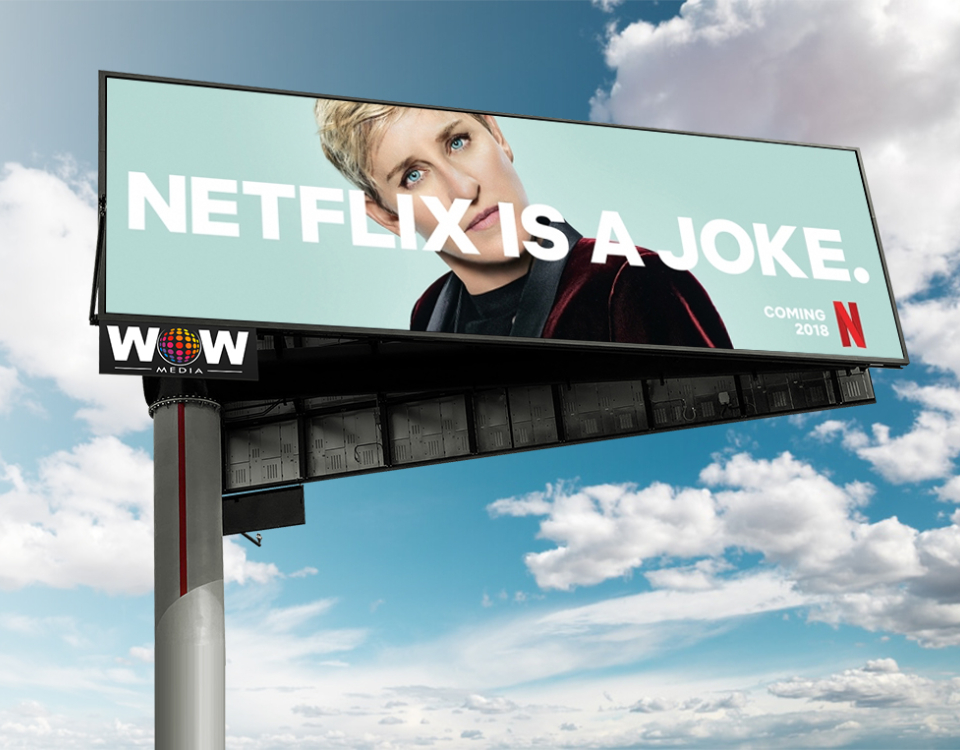
TV Advertising Budget
Advertisers have many options for getting their message across. With millions of viewers watching the same TV show simultaneously, advertisers have the ability to reach a wide audience with their ads. With more people choosing to watch content on streaming services like Netflix instead of traditional TV, traditional television spending is falling.
The television remains a powerful medium for advertisers. It is also one of the most profitable media channels around. In fact, the television has the highest rate of investment among all media channels.
Television Ads Cost
The cost of a TV ad will vary depending on its content and the time it was spent on the show. This can make budgeting difficult. But the cost to produce a television commercial can be broken down into three parts: the network fee and the syndication charge.

TV advertising can be costly, so many companies don’t wish to spend much money on it. However, there are ways to reduce the cost of your ad campaigns by using smart TV technologies and other marketing tools that can help you save on production costs.
Connected TV Ads
Streaming and linear television are often seen as competing platforms, but the fact is that these two technologies can work in tandem to give brands a fuller reach. As more people watch content on multiple devices, it's important for brands to consider how they can leverage their advertising dollars to get in front of their target audience through both linear and connected TV ad spending.
Connected TV is a new format of ad that connects viewers to their favorite shows. It uses a combination TV technology and internet data to identify those viewers most likely to be interested. It creates an ad that targets certain households based on their gender, age and other demographics.
This allows advertisers to personalize the advertising experience for each viewer. This can help increase brand awareness and drive conversions. It makes it easy to measure and track the campaign's impact.

It is predicted that by 2022 36% percent of total TV viewing will be connected to a connected device. Even though ConnectedTV advertising is only 18% in the overall video market, it could make up a significant chunk of a company's marketing budget.
This ad format is expected to increase in popularity over the next few decades as it will continue helping advertisers build brands and drive sales. In addition, it will allow consumers to access content on the go and see ad-free versions of popular shows that they may have otherwise missed.
FAQ
What is branding?
Your brand is the way you express who you are and what your stand for. It is how you make people recall you when they hear you name.
Branding involves creating an identity that makes your company stand out. A brand is not just a logo but also includes everything from your physical appearance to the tone of voice used by employees.
Because they are confident they will get what they want, a strong brand can help customers feel more comfortable buying from you. It gives customers confidence when choosing your products over the ones of other competitors.
Apple is a good example of a company that has a strong brand. Its brand is known worldwide for its sleek design, high-quality products, and customer support.
Apple's brand has become synonymous with technology. Apple is synonymous with technology.
You should think about creating a brand if you are considering starting a business. This will give you and your business a face.
What is the basic purpose of advertising?
Advertising is more than selling products. It's about building an emotional connection with your customers.
Advertising is about communicating ideas and values to people who are already interested in what you have to offer. It's about changing minds and attitudes. It's all about building relationships.
It's all about helping people feel good.
But, if you don’t have a clear understanding of your customers’ needs, you will not be able sell anything.
So before you start any advertising project, you should first understand your customer's needs and wants, and buying habits.
This allows you to design ads that resonate well with them.
Radio advertising: What are your options?
Understanding the interactions between different media is essential. Remember that media can complement each other and are not necessarily competitive.
Radio advertising is best when used in conjunction with television. Radio can complement TV advertising by reinforcing key messages, and providing additional information.
For radio listeners, TV commercials can often be too long. Radio ads are typically shorter and less costly.
How do I choose my target market?
Begin by talking to yourself and people close to you. You might be unsure where to begin. Ask yourself: "Whom am I trying to reach?"
Ask yourself the following questions: Who are my industry's most influential people? What problems do they have to deal with every day? Which people are the most intelligent in my industry? Where can they be found online?
Rewind to the beginning, when your business was founded. Why did you start? How did you solve the problem?
These questions will enable you to identify your ideal client. Learn more about them and why they choose to do business with you.
To get clues about who they cater to, you can also check out your competitors' social media pages and websites.
Once you identify your target customers, then you must decide which channels to use to reach these people. If your company offers services to real estate agents you might make a website that targets home buyers.
A blog that targets small-business owners could be a possibility if you are a software provider.
You could also create a Facebook account for teens if you sell clothing. You could also set up a Twitter account if your restaurant is a business owner to help parents find kid-friendly restaurants.
The point here is that there are many ways to get your message across.
Social media is a great way to advertise your business.
Social Media Marketing (SMM), allows you reach customers wherever they are on social media networks like Facebook, Twitter and LinkedIn. You can also target certain groups on these networks with keywords.
This advertising method is cost-effective because it costs less to market online than traditional methods. This allows you to establish strong relationships with current and future clients.
It's very easy to start using social networks to promote your business. All you need is a computer or smartphone and access to the Internet.
Advertising what is it?
Advertising is an art. Advertising is more than selling products. It's all about creating emotional connections between people with brands.
Advertising is about communicating ideas through images and stories.
It is important to communicate clearly and persuasively. It is important to share a story that appeals to your target audience.
Advertising is therefore different from other forms such as presentations, writing, and public speaking.
A successful ad campaign is a way to establish a brand identity.
This is how memorable you can be. You become someone that people remember.
How much does it take to advertise on social networks?
Social media advertising is expensive if you choose to take this route. You will be charged monthly based on how much time you spend on each platform.
Facebook: $0.10 per 1,000 impressions
Twitter: $0.20 per 1,000 impressions (if your tweet is on Twitter)
Send out invitations on Linkedin for $0.30 per 1000 impressions
Instagram - $0.50 per 1,000 impressions.
Snapchat - $0.60 for 1,000 impressions ($0.40 Per User)
YouTube - $0.25 for 1,000 views
Tumblr $0.15 for 1,000 impressions text posts
Pinterest - $0.05 per 1,000 impressions per month
Google+ - $0.15 to $0.0.20 per 1,000,000 impressions
Tumblr – $0.15 - $0.20 per 100,000 impressions
Vimeo - $0.20-$0.25 per 10,000 impressions
Soundcloud - $0.20 to $0.0.25 per 1 Million Plays
StumbleUpon - $0.20 -$0.25 per 1 billion pageviews
Digg - $0.20 - $0.25 per 1000 diggs
Reddit: $0.20-$0.25 for 1000 comments
Wordpress - $0.20--$0.25 per 500 comments
Flickr - $0.20 -- $0.25 per 5,000 photo uploads
Statistics
- It's 100% reliant on your website traffic. (quicksprout.com)
- Advertising's projected distribution for 2017 was 40.4% on TV, 33.3% on digital, 9% on newspapers, 6.9% on magazines, 5.8% outdoor, and 4.3% on radio. (en.wikipedia.org)
- It collects money from the advertisers, keeps 32% for its role in facilitating the process, and the remaining 68% goes to the publisher (you). (quicksprout.com)
- Nonetheless, advertising spending as a share of GDP was slightly lower – about 2.4 percent. (en.wikipedia.org)
External Links
How To
How can I advertise on Google
AdWords is Google’s advertising platform that allows businesses to buy ads using specific keywords. The first step is setting up your account. Set the budget, select the campaign name, and then add keywords. Next, you will bid for those keywords. Clicking on an ad will pay you only if it is clicked by someone who searched using one of your targeted keywords. This ensures that you are paid even if people do not buy anything.
Google has many tools to help you ensure your ads work. These tools include Ads Preferences Manager Manager, Keyword Planner and Analytics. These enable you to determine what is most effective for your business.
A keyword planner can help you identify the right keywords for your campaigns. It also shows you how much competition there is for certain keywords, helping you decide whether or not to spend money bidding on them.
To change settings such as the maximum number per day or the minimum cost per Click, you can use Ads Preferences Manager
Analytics allows you monitor and compare the performance to your ads against other companies. Reports can be viewed that compare your ads to others.